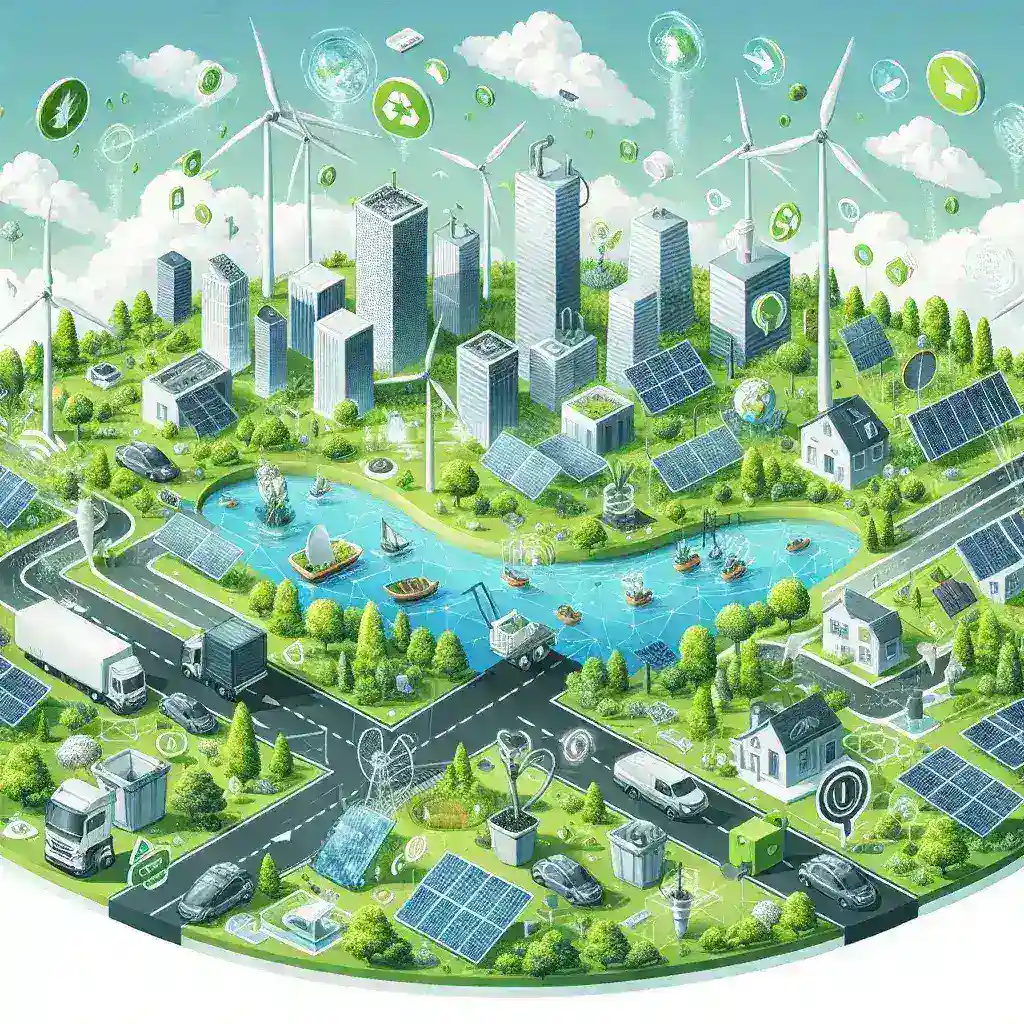In today’s era, the looming threat of climate change has heightened the urgency to cut down on greenhouse gas emissions. A promising contender in this battle is technology. By leveraging the power of innovation, we can dramatically reduce our carbon footprint while simultaneously fostering economic growth. This article delves into the various ways technology is contributing to a more sustainable and eco-friendly future.
Understanding Carbon Footprint
A carbon footprint is the total amount of greenhouse gases, specifically carbon dioxide, that are emitted directly or indirectly by human activities. From manufacturing to transportation, numerous sectors contribute to the burgeoning levels of carbon emissions. Hence, it becomes crucial to adopt measures that can mitigate these emissions and promote a sustainable lifestyle.
Green Technologies: The Game Changers
Renewable Energy Sources
One of the most significant strides in reducing carbon footprint comes from renewable energy sources like solar, wind, and hydropower. These technologies produce energy without releasing harmful emissions into the atmosphere. Government incentives and declining costs have made renewable energy more accessible than ever.
Electric Vehicles (EVs)
Electric vehicles are revolutionizing the transportation industry. By replacing gasoline-powered cars with EVs, we can significantly cut down on CO2 emissions. Innovations in battery technology are also making electric cars more efficient and affordable.
Smart Grids
Smart grids offer a more efficient way to distribute electricity, optimizing energy use and reducing wastage. With the integration of AI and IoT, smart grids can forecast energy demand, balance loads, and even integrate renewable energy sources seamlessly.
Energy Efficiency Technologies
LED Lighting
LED lights consume significantly less energy compared to traditional incandescent bulbs. They also have a longer lifespan, reducing the frequency of replacements and thus minimizing waste.
Smart Thermostats
Smart thermostats allow for more efficient energy use in homes and offices by learning user preferences and adjusting heating and cooling systems accordingly. This not only saves energy but also reduces utility bills.
Building Automation Systems
Buildings are responsible for a considerable portion of global carbon emissions. Advanced automation systems can control lighting, heating, and cooling more efficiently, significantly lowering energy consumption.
The Role of AI and Big Data
Artificial Intelligence (AI) and Big Data are playing a pivotal role in reducing carbon footprints. By analyzing vast amounts of data, AI can offer actionable insights into energy consumption patterns, enabling more efficient energy use and helping to identify areas for improvement.
Waste Management Technologies
Technologies focusing on waste management can also contribute to reducing our carbon footprint. Innovative recycling technologies and waste-to-energy plants convert waste products into usable forms of energy, cutting down on landfill and reducing methane emissions.
Carbon Capture and Storage (CCS)
CCS technologies aim to capture carbon dioxide emissions from industrial processes and store them underground. Although still in its nascent stages, CCS holds immense potential for reducing industrial carbon emissions on a large scale.
Sustainable Agriculture
Agriculture contributes significantly to global carbon emissions. Technologies such as precision farming, vertical farming, and the use of drones for monitoring crops can minimize resource use, optimize yields, and reduce emissions associated with traditional farming practices.
Conclusion
Technology plays an indispensable role in the fight against climate change. By embracing these innovations, we can pave the way for a greener and more sustainable future. While the road ahead is long, the fusion of technology and sustainability offers a promising path toward mitigating our carbon footprint and preserving the environment for generations to come.
Related Articles:

